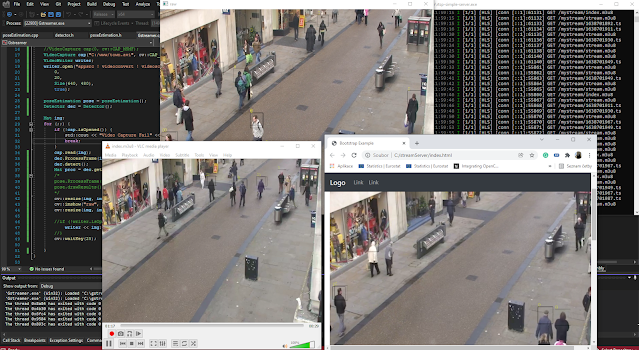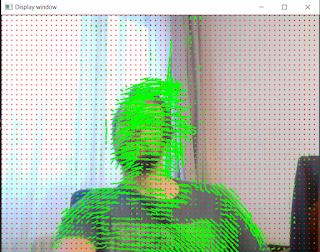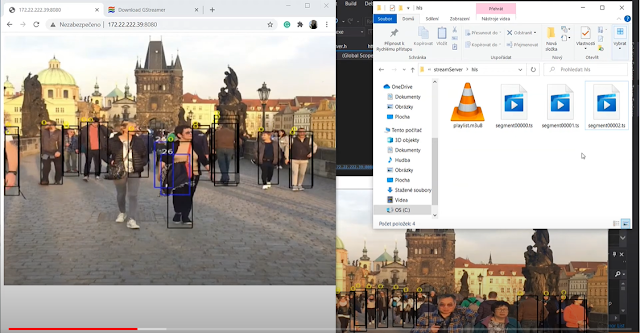No Comment
Add Comment
comment url
blog,cloud computer vision,Computer vision,computer vision applications,Computer vision news,opencv c++ tutorial
Popular Posts
Blog Archive
- Jan 2024 [1]
- Dec 2023 [2]
- Nov 2023 [1]
- Oct 2023 [1]
- Sep 2023 [1]
- Jul 2023 [1]
- Feb 2023 [1]
- Dec 2022 [1]
- Oct 2022 [1]
- Feb 2022 [1]
- Dec 2021 [1]
- Nov 2020 [2]
- Sep 2020 [2]
- Aug 2020 [1]
- Apr 2020 [2]
- Mar 2020 [4]
- Jan 2020 [2]
- Dec 2019 [3]
- Feb 2019 [2]
- Dec 2018 [1]
- Nov 2018 [3]
- Oct 2018 [1]
- Nov 2017 [1]
- Oct 2017 [1]
- Aug 2017 [2]
- May 2017 [2]
- Apr 2017 [5]
- Mar 2017 [4]
- Jan 2017 [4]
- Dec 2016 [6]
- Nov 2016 [5]
- Oct 2016 [6]
- Sep 2016 [2]
- Aug 2016 [1]
- Jul 2016 [3]
- Mar 2016 [5]
- Feb 2016 [6]
- Jan 2016 [3]
- Dec 2015 [16]
- Nov 2015 [8]





